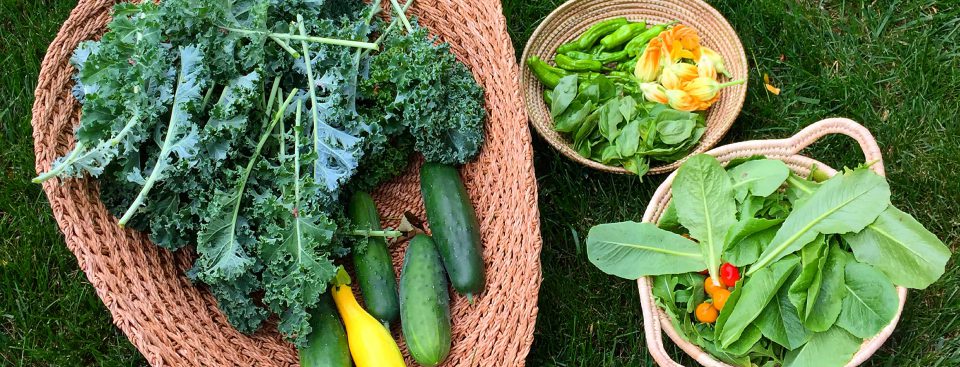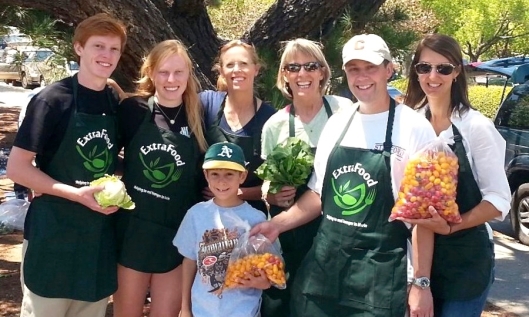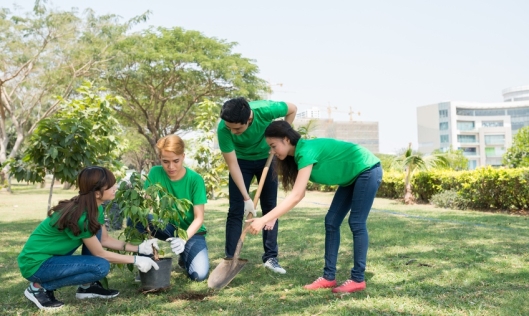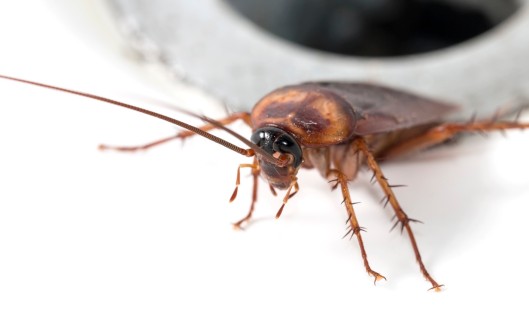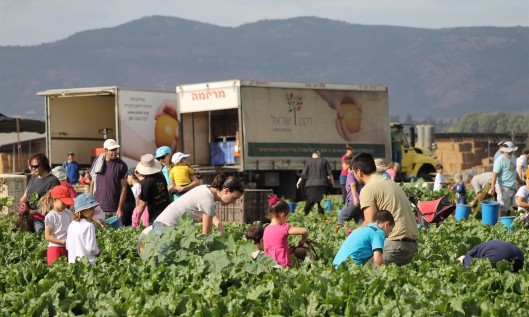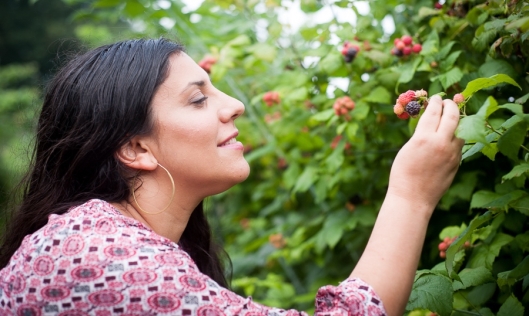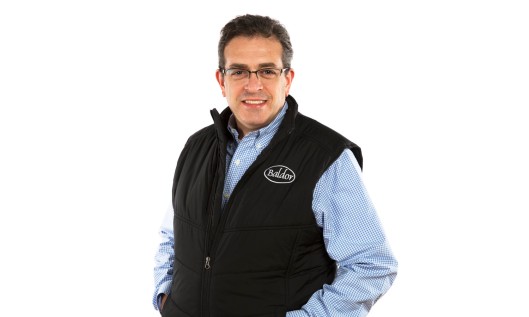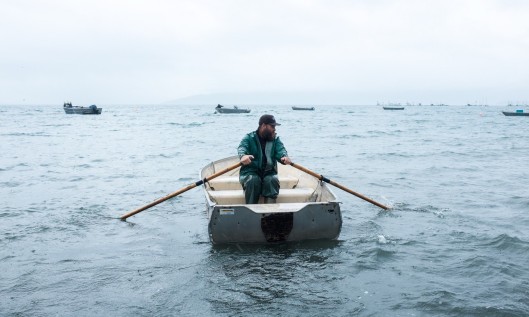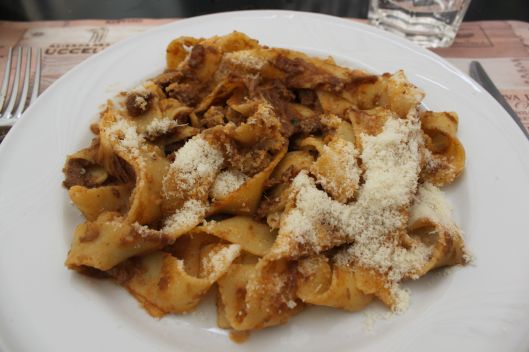Tags
agriculture, Democratic Republic of the Congo, education, funding, Joseph Mubake, malnutrition, OHED, poverty, starvation
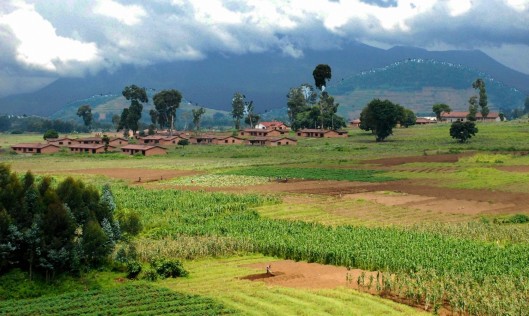
The Humanitarian Organization for Education and Development (OHED) works to ameliorate the living conditions of communities displaced by poverty and violence in the Democratic Republic of the Congo. Photo Credit: iStock
The Humanitarian Organization for Education and Development (OHED) is based in the Democratic Republic of the Congo (DRC) and works to ameliorate the living conditions of communities displaced by poverty and violence. The organization’s objective is to ultimately reduce famine, malnutrition, and poverty, which are prevalent and widespread throughout the DRC. Through the implementation of various agricultural and livestock projects and initiatives aimed at educating refugees, community members, and vulnerable people, OHED is working to make a difference in the quality of life of Congolese and refugees. Food Tank had the opportunity to speak with OHED’s founder and executive director, Joseph Mubake, about the organization’s creation and work.
Food Tank (FT): What is OHED’s motto?
Joseph Mubake (JM): Our motto is charity, effort, and respect. Charity refers to our altruistic mindset and our sincere love for helping people. Effort points to the drive with which OHED members act to achieve their goals and overcome all obstacles. Respect (of diversity) represents the admiration, deference, and esteem our members have towards everyone, regardless of origin, nationality, skin color, language, or social status.
FT: What are the organization’s objectives?
JM: Our general objectives are to end famine, malnutrition, and poverty, and to improve the living conditions of poor communities through implementing agricultural and livestock projects, producing sufficient food supplies, raising funds, and growing household incomes.
Specific objectives include a wide range of more focused goals. We aim to bring together indigenous and poor communities and educate them on various subjects ranging from infectious diseases and malnutrition to environmental conservation. We conduct sensitization activities and public campaigns, as well as engage with like-minded organizations to support agriculture and livestock programs among poor local communities. This goes hand-in-hand with efforts to increase revenue. Next, we strive to empower women through conducting training sessions and seminars related to food security, poverty alleviation, and ways to raise income. OHED also provides credits and loans to women and vulnerable people in order to ameliorate their financial situation at home and to fulfill their social needs in the communities. Our final aim is to enable the refugees and internally displaced persons (IDPs) to improve their living conditions and help them to develop a sense of hope.
FT: What inspired you to start OHED?
JM: For many years, the eastern part of the DRC has experienced atrocious human rights violations committed either by armed groups or by bandits in localities, towns, and villages. The number of violations increased, especially in the rural areas where the government army and UN forces were not visible. Instances of extortions, killings, and sexual violence were repeatedly reported in various zones of the province, including Shabunda, Mwenga, Fizi, Uvira, and Kabambare. Inhabitants have been resultantly fleeing their villages and localities in search of humanitarian assistance, either in a different village or abroad. Locals did not have the means to deal with hunger and its related consequences in the rural areas of the South Kivu Province. Governmental institutions and humanitarian agencies could not reach the localities and villages due to insecurity created by armed groups. However, the food received from international non-governmental organizations (NGOs) did not fulfill all of the needs of people in the refugee and IDP camps. Prostitution increased due to acute poverty, famine, and financial depreciation in the villages. The agricultural activities require much effort, experience, and support from institutions and organizations across the world.
In 2014, I initiated a meeting with a few Congolese people at Kagembe-Malingumu Relief Center to find possible solutions to these problems. Many key questions arose during that meeting: What can we do while human beings like us continue to die of hunger? Who can assist us? Where can our voice be heard? How can we organize ourselves to sort out the problems of hunger and malnutrition? The participants agreed and instantly supported the idea of creating OHED. The only potential force to fight against famine and poverty, and to improve the living conditions of the victims, was the implementation of agriculture and livestock projects in rural areas where the families of the returnees and other inhabitants were living. All of those efforts required charity, determination, and willingness from both OHED volunteers and the target communities.
FT: Can you describe the drive and motivation of your volunteers? What do they have in common?
JM: OHED volunteers are very driven and motivated, encouraged by the experience of seeing implemented agricultural projects on the ground. We are fueled by the results of our work. In many areas of the South Kivu Province, hunger and malnutrition now decrease at an acceptable rate. The rate of students attending primary and secondary schools is increasing thanks to income gains from the parents’ farming activities. There are now fewer beggars and street children throughout the localities and villages. Women are slowly becoming empowered, especially when conducting training sessions and assisting in project management within the communities.
In most villages, every indigenous parent is becoming involved in land cultivation, producing whatever he or she wants. This is in large part thanks to the experience and knowledge acquired from OHED education, training sessions, seminars, and sensitization campaigns. Similarly, food is regularly retailed to business people from towns and suburbs. In that way, we can say that the motivations behind OHED initiatives result in an improved financial situation and a reduction in malnutrition and poverty in many households throughout the operational areas.
FT: Who does OHED work with to gain perspective and acquire support for its programs?
JM: OHED staff members are united and work together to implement farming projects. They apply a participatory approach to completing their objectives and fulfilling their vision among the affected communities. From that perspective, the contribution of every member is highly required, especially when conducting self-reliance farming projects.
In addition to the efforts of our members, the association is receiving moral support from a few particular nationals and community members while receiving invitations from other NGOs operating in the province. Currently, OHED is collaborating with other small associations, churches, and schools. It is acquiring low-cost land areas from local authorities and giving them to people willing to implement the agricultural projects. Financial support still remains a serious challenge to OHED’s growth, however.
Collaborating with national and international organizations may also help OHED staff members to become more knowledgeable, and to forge ahead and finally defeat food scarcity in the Democratic Republic of the Congo.
FT: How does the Democratic Republic of the Congo government interact with organizations such as OHED? What are the biggest obstacles to getting solutions into the field, and what needs to be done to overcome them?
JM: To be honest, OHED is well-known by the local government in various sectors and zones. However, the process of becoming known at the provincial and national levels is being carried out by our members. By the end of August 2016, the OHED association hopes to be officially registered at the provincial level. Local government authorities regularly interact with OHED staff members during administrative hearings, training sessions, and campaigns.
The biggest obstacles to OHED implementing solutions into the field include finding equipment for offices and agricultural facilities, acquiring support from national and international agencies, transportation and distance between operations, and a lack of office space, communication tools, and motivation. Expanding our network and raising funds help to reduce these hurdles.
FT: Where do you hope to see OHED in the next ten years?
JM: In the next ten years, we hope to see OHED in other provinces of the Democratic Republic of the Congo such as in North Kivu, Katanga, and Maniema, as well as in the nearest neighboring countries (including Burundi, depending upon financial constraints).
There is an assumption among the members of OHED that no one can develop himself or herself without advice from or collaboration with other people. From that perspective, OHED requests suggestions, partnerships, and support of any kind from Food Tank and other like-minded organizations and agencies dealing with agriculture, livestock, food security, and environmental conservation programs across the world. We are all commonly called upon to participate in efforts with the goal of helping and rescuing humankind from hunger and malnutrition. We need to help one another move forward in all endeavors. OHED staff members believe that joint effort, sincerity, and willingness are, among others, the most significant pillars when saving the lives of human beings from famine and poverty. Charity and respect of diversity will also help us to reach the millennium goals as expected.
[via Food Tank]
